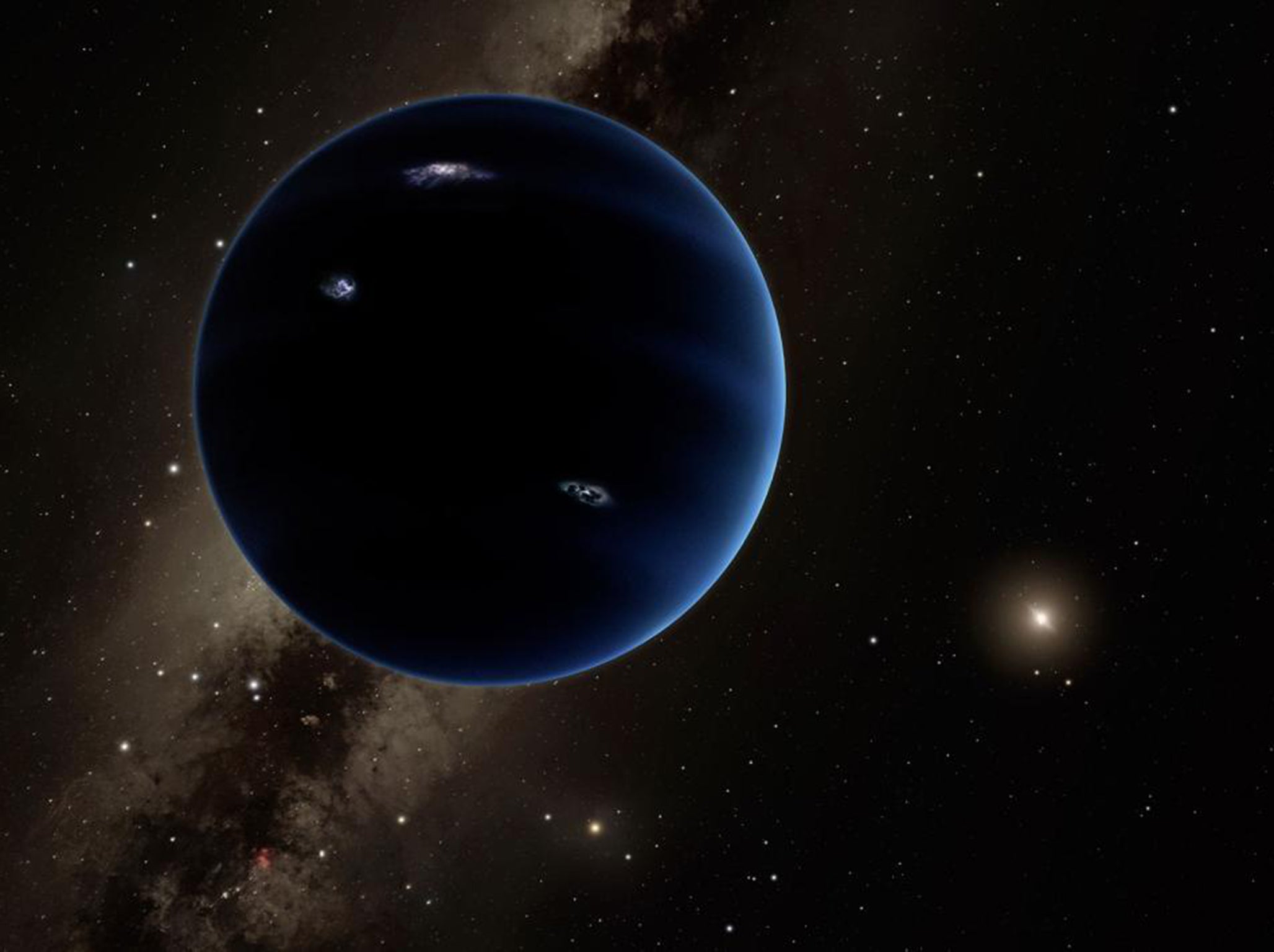i Editor's Letter: Finding a new planet really is out of this world
While the history of astronomy is one of floored expectations and false hopes, mankind’s understanding of the solar system has grown rapidly in the past 25 years

Your support helps us to tell the story
From reproductive rights to climate change to Big Tech, The Independent is on the ground when the story is developing. Whether it's investigating the financials of Elon Musk's pro-Trump PAC or producing our latest documentary, 'The A Word', which shines a light on the American women fighting for reproductive rights, we know how important it is to parse out the facts from the messaging.
At such a critical moment in US history, we need reporters on the ground. Your donation allows us to keep sending journalists to speak to both sides of the story.
The Independent is trusted by Americans across the entire political spectrum. And unlike many other quality news outlets, we choose not to lock Americans out of our reporting and analysis with paywalls. We believe quality journalism should be available to everyone, paid for by those who can afford it.
Your support makes all the difference.No sooner had we got used to the idea of there being only eight planets in our solar system, after Pluto was demoted to “dwarf” status, astronomers have gone and found a new hidden planet that’s at least 10 times more massive than Earth. Astonishing.
How did we (and Galileo) miss it before? The answer is that Planet Nine, nicknamed “Fatty” by astronomers, is, on average, 20 times farther from the Sun than Neptune. And Neptune orbits at a distance of 2.8 billion miles. That’s a lot of space not to spot it in. And we still haven’t seen it directly, just detected its presence, through the gravitational force it exerts on other objects.
Five planets have been observable with the human eye since ancient times. Of the others: we’re standing on one, Uranus was discovered in 1781, Neptune in 1846 and Pluto (recently relegated) in 1930. So we have the first evidence of a new world in 170 years.
Mike Brown, the astronomer at Caltech who found Planet Nine with his colleague Konstantin Batygin, recalls that 10 years ago: “People would say, ‘Are there any other planets out there?’ And I would say, ‘Nope, that’s it. There are just eight planets, and we’ll never have any more.’” He says of the eureka moment: “My jaw sort of hit the floor.”
While the history of astronomy is one of floored expectations and false hopes, mankind’s understanding of the solar system has grown rapidly in the past 25 years. Yet the mystery about Planet Nine will endure. Professor Brown told The New Yorker: “We haven’t seen it. But we have felt it.”
Join our commenting forum
Join thought-provoking conversations, follow other Independent readers and see their replies
Comments